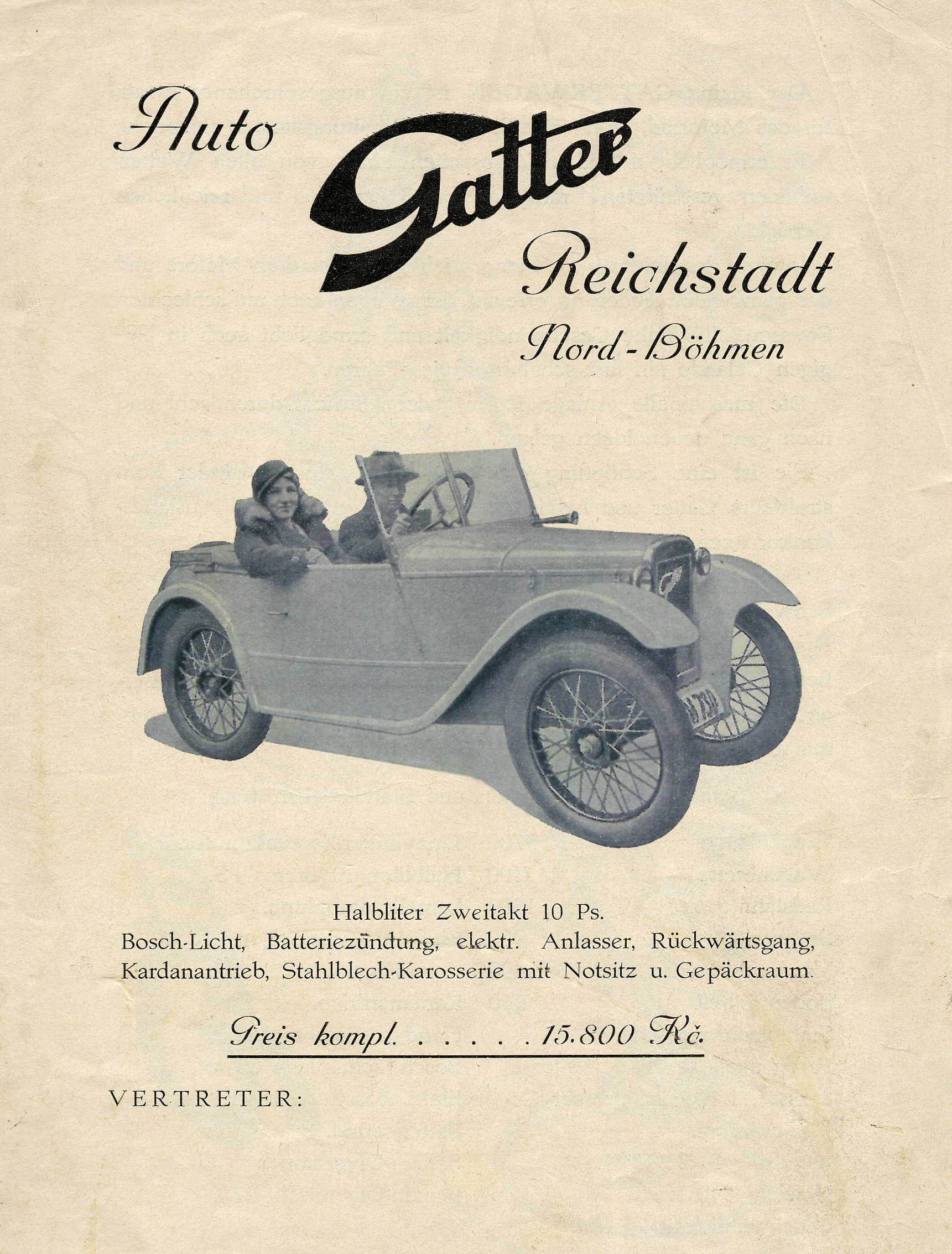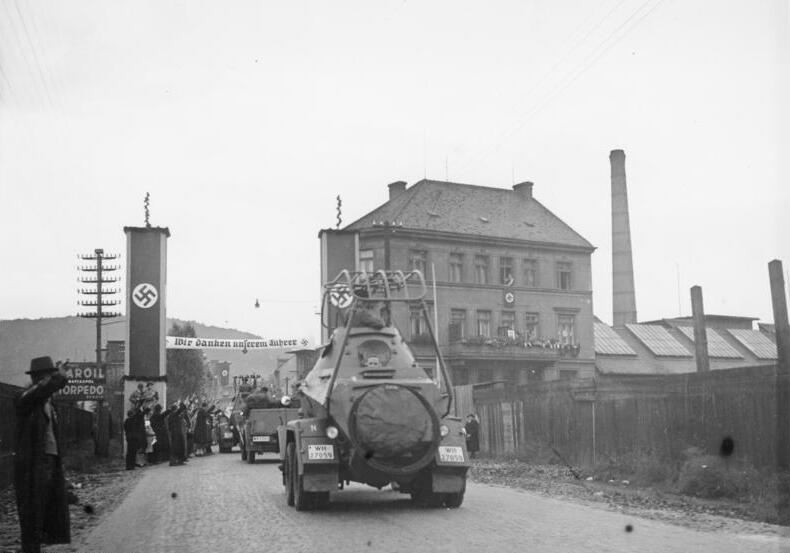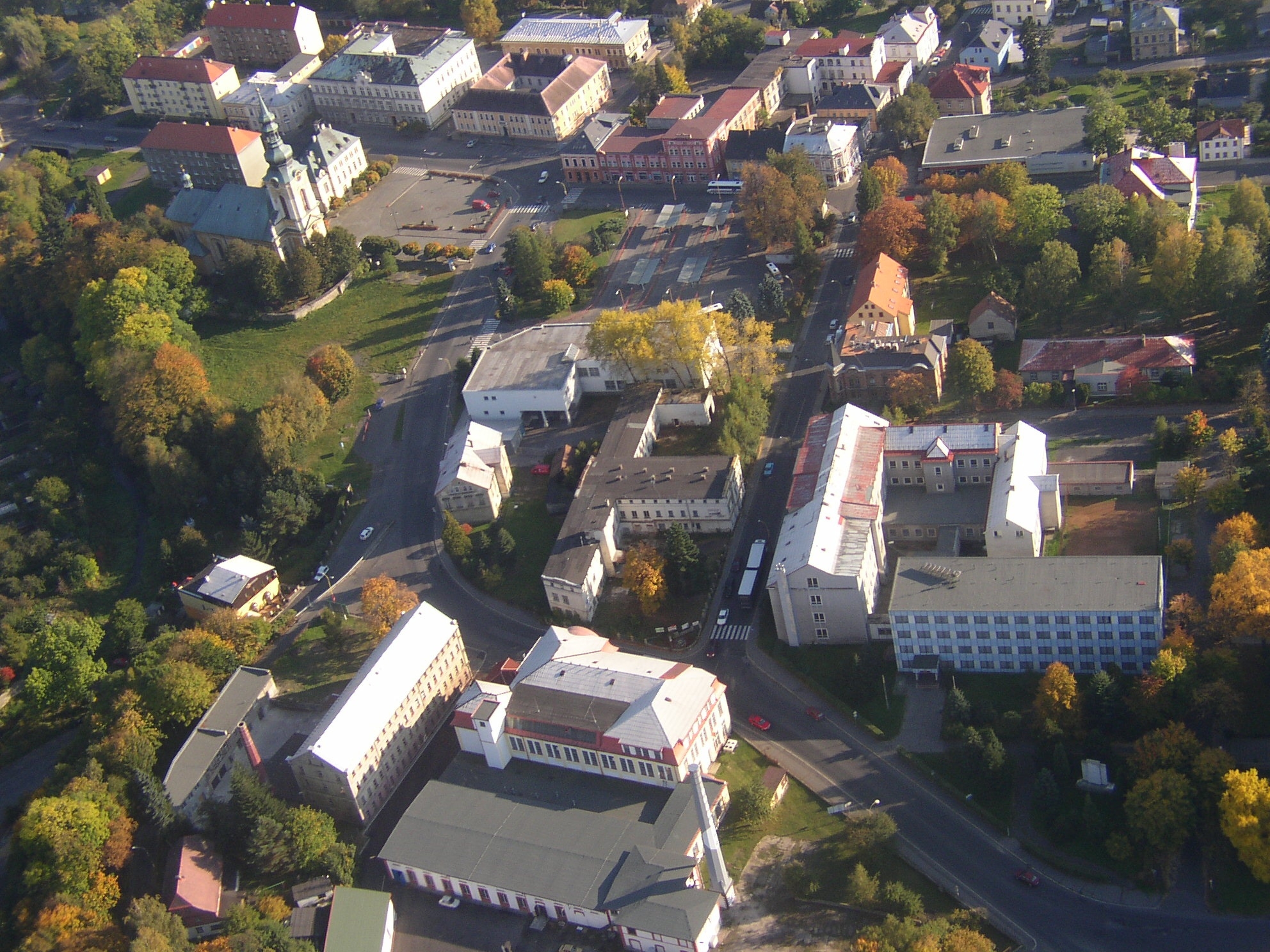|
Gatter Autowerk Reichstadt
Gatter Autowerk Reichstadt was a Czechoslovak automobile manufacturing company founded in 1930 in Reichstadt, Czechoslovakia by the Bohemian German automotive pioneer (1896-1973). It produced small, affordable cars and advertised these as “Volksauto” or “Volkswagen”, a “Car for the People”. Its car production ended in 1937 when economic crisis hit Czechoslovakia. After the Second World War and his expulsion from Czechoslovakia, Willibald Gatter tried to sell another small car in West Germany, the so-called ''Gatter-Mini'' (1952-1956) which remained a prototype. History First Prototypes When the Gatter company was founded in 1930 in Reichstadt, its founder Willibald Gatter had already 15 years of experience in this industry. From 1915 to 1918 he had worked for the Škoda Works in the production of so-called C-Trains – transport engines for Škoda's heavy mortars, such as the Škoda 305 mm Model 1911. Following the First World War, Gatter worked as lead engineer ... [...More Info...] [...Related Items...] OR: [Wikipedia] [Google] [Baidu] |
Private Company
A privately held company (or simply a private company) is a company whose shares and related rights or obligations are not offered for public subscription or publicly negotiated in the respective listed markets, but rather the company's stock is offered, owned, traded, exchanged privately, or Over-the-counter (finance), over-the-counter. In the case of a closed corporation, there are a relatively small number of shareholders or company members. Related terms are closely-held corporation, unquoted company, and unlisted company. Though less visible than their public company, publicly traded counterparts, private companies have major importance in the world's economy. In 2008, the 441 list of largest private non-governmental companies by revenue, largest private companies in the United States accounted for ($1.8 trillion) in revenues and employed 6.2 million people, according to ''Forbes''. In 2005, using a substantially smaller pool size (22.7%) for comparison, the 339 companies on ... [...More Info...] [...Related Items...] OR: [Wikipedia] [Google] [Baidu] |
Ústí Nad Labem
Ústí nad Labem (, , ) is a city in the Czech Republic. It has about 92,000 inhabitants. It is the capital of its eponymous region and district. It is a major industrial centre and, besides being an active river port, is an important railway junction. Administrative division Ústí nad Labem is divided into four boroughs, which are further divided into 22 administrative parts: *Ústí nad Labem-město (parts Ústí nad Labem-centrum, Božtěšice, Bukov, Habrovice, Hostovice, Klíše, Předlice, Skorotice, Strážky, Vaňov and Všebořice); *Ústí nad Labem-Neštěmice (parts Krásné Březno, Mojžíř and Neštěmice); *Ústí nad Labem-Severní terasa (part Severní Terasa); *Ústí nad Labem-Střekov (parts Brná, Církvice, Kojetice, Olešnice, Sebuzín, Střekov and Svádov). Etymology The name of Ústí nad Labem is formed from the Old Czech ' ("river mouth") and ' (the Elbe River). It thus literally means "Mouth-upon-the-Elbe", in reference to its location at the B ... [...More Info...] [...Related Items...] OR: [Wikipedia] [Google] [Baidu] |
Motor Vehicle Manufacturers Of Czechoslovakia
An engine or motor is a machine designed to convert one or more forms of energy into mechanical energy. Available energy sources include potential energy (e.g. energy of the Earth's gravitational field as exploited in hydroelectric power generation), heat energy (e.g. geothermal), chemical energy, electric potential and nuclear energy (from nuclear fission or nuclear fusion). Many of these processes generate heat as an intermediate energy form, so heat engines have special importance. Some natural processes, such as atmospheric convection cells convert environmental heat into motion (e.g. in the form of rising air currents). Mechanical energy is of particular importance in transportation, but also plays a role in many industrial processes such as cutting, grinding, crushing, and mixing. Mechanical heat engines convert heat into work via various thermodynamic processes. The internal combustion engine is perhaps the most common example of a mechanical heat engine, in which hea ... [...More Info...] [...Related Items...] OR: [Wikipedia] [Google] [Baidu] |
Mercedes-Benz SSK
The Mercedes-Benz SSK (W06) is a roadster built by German automobile manufacturer Mercedes-Benz between 1928 and 1932. The name is an abbreviation of ''Super Sport Kurz'', German for "Super Sport Short", as it was a short wheelbase development of the Mercedes-Benz Modell S. The SSK's extreme performance and numerous competitive successes made it one of the most highly regarded sports cars of its era. Design and achievements The SSK was the last car designed for Mercedes-Benz by Ferdinand Porsche before he left to found his own company. The SSK is an evolution of the 1927 Modell S (S for Sport) which was based on the Modell K (K for "Kurzer Radstand" which means short wheelbase) variant of the Mercedes-Benz Typ 630. The SSK chassis was shorter than the Modell S to make the car even lighter and more agile for racing, especially short races and hillclimbs. Fitted with a supercharged single overhead camshaft 7-litre straight-6 engine producing and over of torque (depending ... [...More Info...] [...Related Items...] OR: [Wikipedia] [Google] [Baidu] |
Schauinsland
The Schauinsland (literally "look-into-the-country"; near Freiburg im Breisgau, Germany) is a mountain in the Black Forest with an elevation of 1,284 m (4,213 ft) above sea level. It is a popular destination for day trips. Due to the high amount of silver mining, it was previously known as "Erzkasten" (literally "ore box"); the name "Schouwesland" first appeared in 1347. The mountain is located roughly ten kilometres (6 miles) south-east of Freiburg’s city centre. Geography The summit of the Schauinsland is located in the district of Freiburg. The mountain is surrounded by towns such as Oberried, Munstertal, Bollschweil, and Horben (clockwise). The closest village to the summit is Hofsgrund. In Autumn especially, during a temperature inversion, there is a clear view of the Vosges mountains from the top of the Schauinsland. Under appropriate weather conditions there is a view of a large portion of the Swiss Alps. Since 2003, the Holzschlägermatte on the Scha ... [...More Info...] [...Related Items...] OR: [Wikipedia] [Google] [Baidu] |
Rudolf Caracciola
Otto Wilhelm Rudolf CaracciolaBolsinger and Becker (2002), p. 63 (30 January 1901 – 28 September 1959) was a racing driver from Remagen, Germany. He won the European Drivers' Championship, the pre-1950 equivalent of the modern Formula One World Championship, an unsurpassed three times. He also won the European Hillclimbing Championship three times – twice in sports cars, and once in Grand Prix cars. Caracciola raced for Mercedes-Benz during their original dominating Silver Arrows period, named after the silver colour of the cars, and set speed records for the firm. He was affectionately dubbed ''Caratsch'' by the German public,Reuss (2006), p. 20 and was known by the title of ''Regenmeister'', or "Rainmaster", for his prowess in wet conditions. Caracciola began racing while he was working as apprentice at the Fafnir automobile factory in Aachen during the early 1920s, first on motorcycles and then in cars. Racing for Mercedes-Benz, he won his first two Hillclimbing Champio ... [...More Info...] [...Related Items...] OR: [Wikipedia] [Google] [Baidu] |
Varnsdorf
Varnsdorf (; german: Warnsdorf, hsb, Warnoćicy) is a town in the Ústí nad Labem Region of the Czech Republic. It has about 15,000 inhabitants. It lies on the border with Germany. Administrative parts Villages of Studánka and Světliny 1.díl are administrative parts of Varnsdorf. Geography Varnsdorf is located about northeast of Děčín. It lies in the salient region of Šluknov Hook, on the border with Germany. Varnsdorf is situated in the Lusatian Highlands. The highest point is the hill Špičák, at . The Mandau river flows through the town. History The first written mention of Varnsdorf is from 1357. In 1681 Varnsdorf with the whole manor was purchased by the House of Liechtenstein and it remained in their possession until 1919. In 1849, Old Varnsdorf merged with five municipalities and created a new municipality called Varnsdorf. It was the largest municipality in Austrian Empire by population without town rights. In 1868, Warnsdorf became a town. Prior to the end ... [...More Info...] [...Related Items...] OR: [Wikipedia] [Google] [Baidu] |
Gatter Werbung 1934
Kevin Gatter (5 November 1951 – 22 June 2017) was an English pathologist who created a technique for identifying the source of cancer in the human body. Gatter was the Head of the Department of Cellular Science at St John's College, Oxford St John's College is a constituent college of the University of Oxford. Founded as a men's college in 1555, it has been coeducational since 1979.Communication from Michael Riordan, college archivist Its founder, Sir Thomas White, intended to pro ... and an internationally recognized expert in haematopathology. References 1951 births 2017 deaths People from Luton English pathologists Academics of the University of Oxford Alumni of St John's College, Oxford Physicians of the John Radcliffe Hospital Deaths from prostate cancer Fellows of St John's College, Oxford {{England-med-bio-stub ... [...More Info...] [...Related Items...] OR: [Wikipedia] [Google] [Baidu] |
Great Depression
The Great Depression (19291939) was an economic shock that impacted most countries across the world. It was a period of economic depression that became evident after a major fall in stock prices in the United States. The economic contagion began around September and led to the Wall Street stock market crash of October 24 (Black Thursday). It was the longest, deepest, and most widespread depression of the 20th century. Between 1929 and 1932, worldwide gross domestic product (GDP) fell by an estimated 15%. By comparison, worldwide GDP fell by less than 1% from 2008 to 2009 during the Great Recession. Some economies started to recover by the mid-1930s. However, in many countries, the negative effects of the Great Depression lasted until the beginning of World War II. Devastating effects were seen in both rich and poor countries with falling personal income, prices, tax revenues, and profits. International trade fell by more than 50%, unemployment in the U.S. rose to 23% and ... [...More Info...] [...Related Items...] OR: [Wikipedia] [Google] [Baidu] |
Střekov Castle
Schreckenstein Castle or, less commonly, Strekov Castle ( cz, Hrad Střekov, german: Burg Schreckenstein), is a well preserved ruined castle perched atop a cliff above the River Elbe near the town of Ústí nad Labem (formerly ''Aussig a. d. Elbe'') in the Central Bohemian Highlands in Czechia. It was built in the 14th century to protect the waterway and collect duties on transported goods, and is renowned for its impressive views. It has enchanted a variety of visiting artists, most notably Johann Wolfgang von Goethe, Goethe, Richard Wagner, and Karel Hynek Mácha. The castle is especially well known from the painting by Ludwig Richter called ''Passing the Schreckenstein'' (''Überfahrt am Schreckenstein'') which hangs in the Galerie Neue Meister in Dresden. The castle is perched on a steep, monolithic, Phonolite, clinkstone rock that rises steeply to 100 metres above the River Elbe and is the symbol of North Bohemia. Large parts of the castle have survived or been rebuilt, includ ... [...More Info...] [...Related Items...] OR: [Wikipedia] [Google] [Baidu] |







